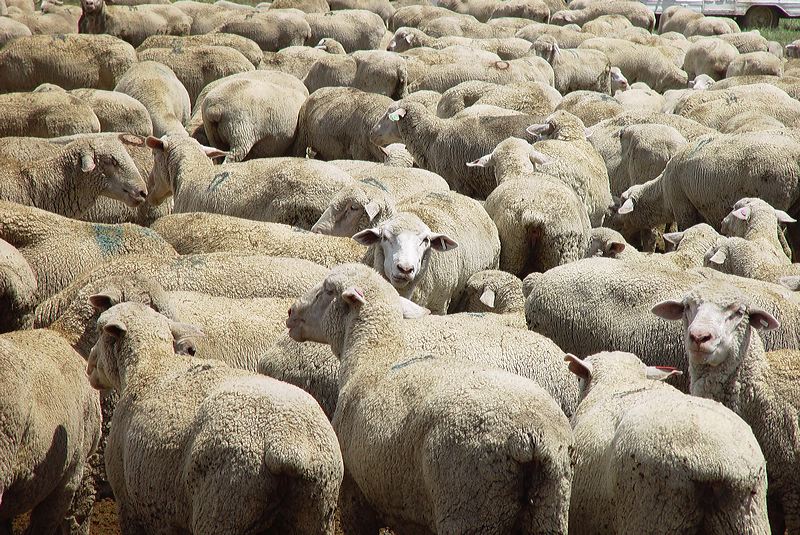
Sheep producer Fraser Barry, who farms at Bindi, near Swifts Creek in Victoria, still remembers the time when every day was punctuated by wild dog attacks.
At its worst, he said, wild dogs were killing 1,500 of his 10,000 sheep each year.
“It was soul destroying, every day I was dealing with death and destruction,” he said.“The situation felt hopeless – even though I was shooting dogs I wasn’t getting ahead. We couldn’t breed enough sheep to sustain our numbers and financially we were going backwards.
“I was exhausted, we got no sleep and our home became a really stressful environment. It was horrendous.”
Fraser knew the emotional and financial impacts these sheep losses were having on his family meant something had to change.
“We were expecting the government to do something about it but then it was like a lightbulb switched on,” he said. “Finally, I understood that we had to take responsibility and do something about it ourselves.”
Fraser started networking and learned there was far more to successful wild dog management than just picking up a gun. He joined the Gippsland Wild Dog Management Group which gave him an insight into wild dog management across the state and attended a National Wild Dog Management Advisory Group meeting where he learned how other states and jurisdictions deliver their wild dog control.
“It opened our eyes.We took up baiting, and even though we couldn’t afford it, we electrified some of our fences,” he said.
Fraser said this created a physical boundary and gave him an advantage he could work from.
The national approach to management and best practice wild dog control that had been promoted by the National Wild DogManagementCoordinator Greg Mifsud and theVictorian Government since 2009 started to gain traction with the stakeholders.
Greg said producers, public land managers and wild dog controllers started to realise the benefits of a collaborative, nil-tenure (no boundaries)approach and how much more effective using a range of different control tools(shooting, baiting, trapping and exclusion fencing) could be.
In 2013, these proven principles were enshrined in the Victorian Action Plan for Managing Wild Dogs and nationally in 2014 by the National Wild Dog Action Plan which now underpins every state and territory-based wild dog management strategy or action plan.
Fraser credits the uptake of the nil-tenure, community-based approach to wild dog control as the catalyst for turning his life and farm business around.
Today, thanks to his community’s ongoing commitment to the principles of the Victorian and National Wild Dog Action plans, Fraser rarely loses sheep to wild dogs.
Share